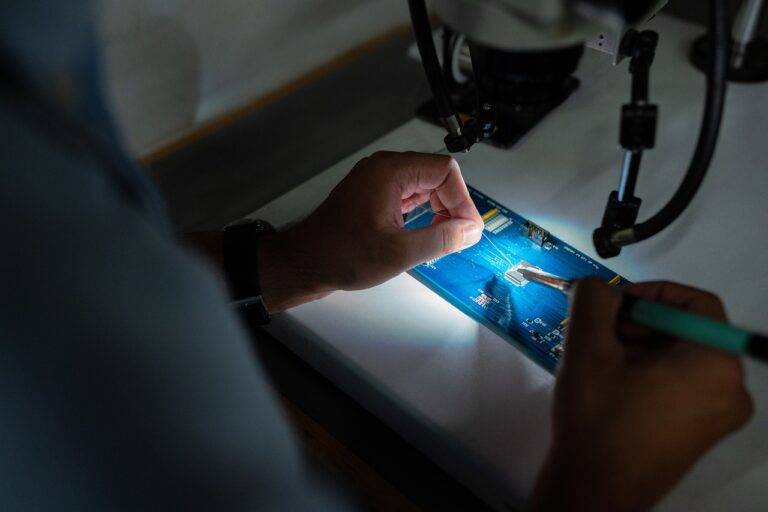Advancements in Virtual Reality for Environmental Simulation
Virtual reality has opened up exciting possibilities for creating immersive environmental simulations, but it comes with its fair share of challenges. One major hurdle is the need to accurately replicate real-world environments in a virtual setting. Achieving a high level of realism requires intricate details such as lighting, textures, and spatial dimensions to be meticulously recreated to provide users with an authentic experience.
Moreover, ensuring that users can interact with the environment in a seamless and realistic manner adds another layer of complexity. From natural movements to object interactions, every element must be carefully programmed to respond convincingly to user inputs. These challenges highlight the need for continuous innovation and advancement in virtual reality technology to enhance the fidelity of environmental simulations and provide users with a truly immersive experience.
The Importance of Immersion in Virtual Reality Environmental Simulations
Immersive experiences form the cornerstone of virtual reality environmental simulations. Through the use of advanced technologies and realistic visuals, users can be transported to various virtual worlds where they can interact with and explore their surroundings in a highly engaging and realistic manner. The sense of presence and feeling of being physically present in these environments enhances the overall user experience, making the simulations more impactful and effective in conveying important messages or concepts.
By creating a high level of immersion, virtual reality environmental simulations have the potential to evoke strong emotional responses from users. This emotional connection can lead to increased levels of engagement and empathy, as users are more likely to feel a deeper connection to the virtual world they are exploring. This, in turn, can help raise awareness about environmental issues, promote conservation efforts, and inspire individuals to take action in the real world.
Innovative Technologies Used in Virtual Reality for Environmental Simulation
Creating realistic environmental simulations in virtual reality requires the integration of innovative technologies to enhance user experience and immersion. One of the key technologies used is advanced rendering techniques that enable high-quality graphics and visuals, making the virtual environment more lifelike and engaging for users. These rendering techniques include real-time lighting effects, shadows, and textures that mimic those found in the real world, enhancing the overall sense of presence and realism.
Another crucial technology used in virtual reality environmental simulations is spatial audio systems that provide realistic soundscapes corresponding to the user’s movements and interactions within the virtual environment. By incorporating spatial audio, developers can create a more immersive experience where sounds emanate from their actual sources, enhancing the user’s sense of presence and deepening their engagement with the virtual world. This technology adds another layer of realism to the simulation, influencing how users perceive and navigate the environment, ultimately contributing to a more authentic and captivating experience.
What are some challenges in creating realistic environmental simulations in virtual reality?
Some challenges include replicating natural elements accurately, creating realistic lighting and shadows, and integrating realistic physics and interactions.
Why is immersion important in virtual reality environmental simulations?
Immersion is important because it enhances the user’s sense of presence and realism, making the experience more engaging and believable.
What are some innovative technologies used in virtual reality for environmental simulation?
Some innovative technologies include photogrammetry for realistic 3D modeling, haptic feedback for tactile sensations, and spatial audio for realistic soundscapes.





